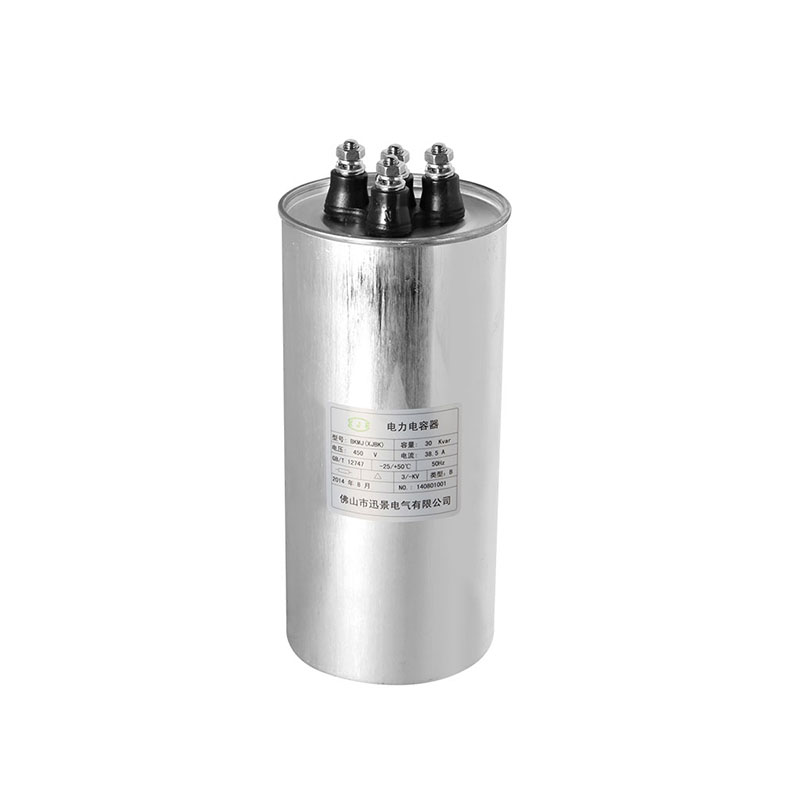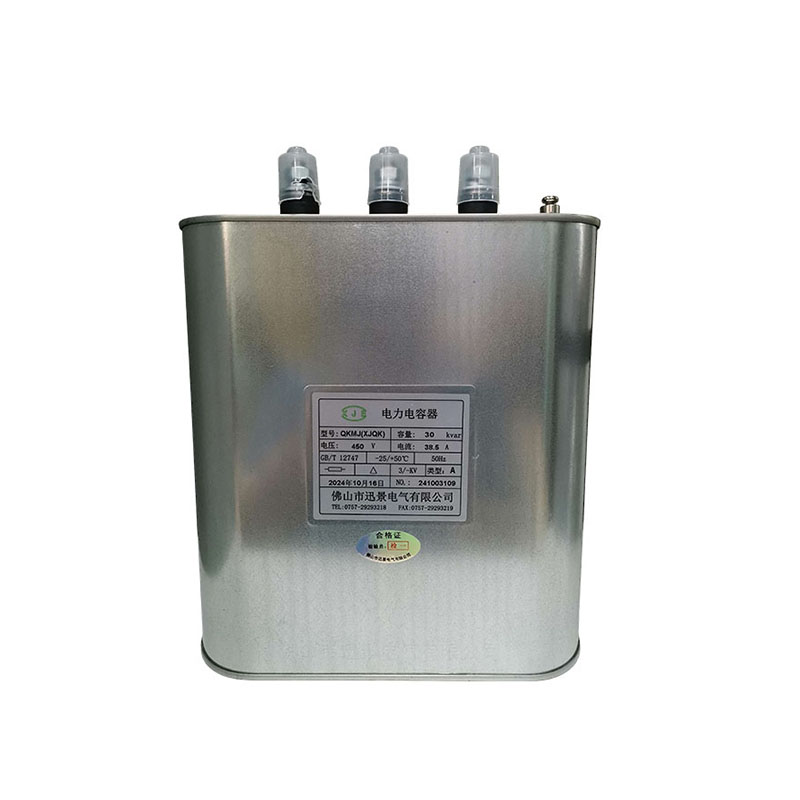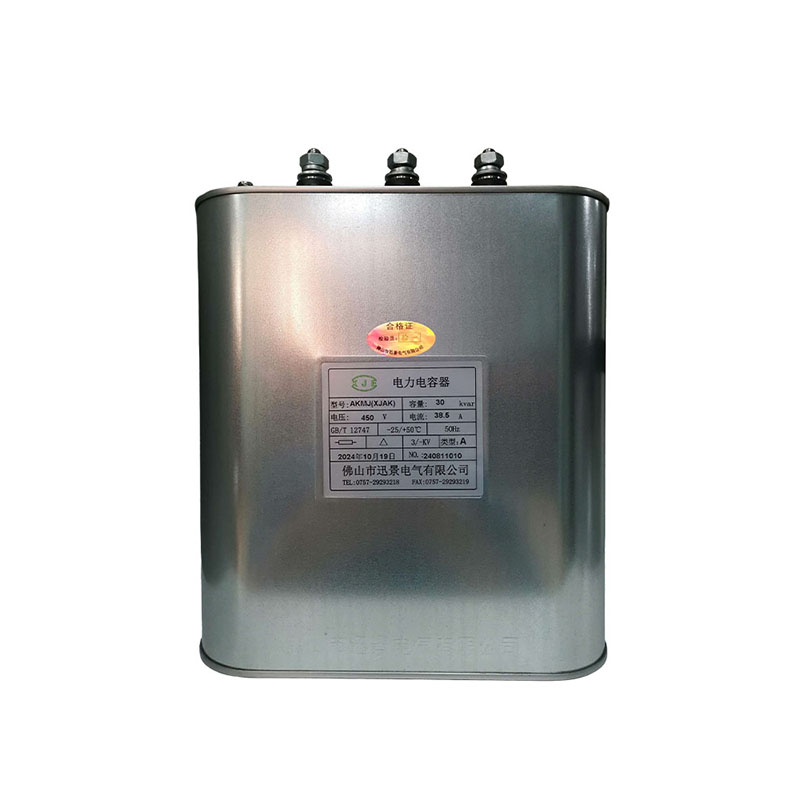How do power capacitors store electrical energy?
Release Time : 2025-01-28
Power capacitors are devices that can store electrical energy. The process of storing electrical energy is mainly based on the principle of charge storage and release in an electrostatic field.
Power capacitors are composed of two conductors (electrodes) and an insulating material (dielectric). The two conductors are usually two metal plates separated by a dielectric, which can be air, paper, plastic or any other non-conductive material that prevents the two metal electrodes from contacting each other.
When a voltage is applied across the capacitor, the free electrons on the positive plate are attracted to the negative plate, forming a charge accumulation. In this process, the electrical energy is converted into electric field energy and stored. Positive and negative charges accumulate on the two plates of the capacitor respectively, forming the so-called "capacitor effect".
As the charge accumulates on the two plates, an electric field is gradually established between the two plates. This electric field is the key to the capacitor's storage of electrical energy, which allows the capacitor to maintain a charge for a period of time after the power is removed.
The capacitance of a capacitor depends on many factors, including the area of the electrodes, the thickness of the dielectric, and the dielectric constant of the dielectric. The larger the electrode area, the thinner the dielectric thickness, and the higher the dielectric constant, the greater the capacitance of the capacitor and the more electrical energy it can store.
When the external power supply is disconnected, the charge on the two plates of the capacitor will not disappear immediately, but will last for a period of time. At this time, if the capacitor is connected to other circuit components, the stored electrical energy can be released through the discharge process to provide electrical energy for other circuits.
Power capacitors are widely used in power systems, such as improving the power factor of power systems, reducing voltage fluctuations, and extending the life of equipment. These applications benefit from the ability of power capacitors to store and release electrical energy.
In order to ensure that power capacitors can operate stably for a long time and effectively store electrical energy, they need to be regularly maintained and managed. This includes checking the appearance of the capacitor for deformation, leakage or corrosion, measuring whether the capacitance value is within the normal range, and monitoring the operating temperature of the capacitor.







